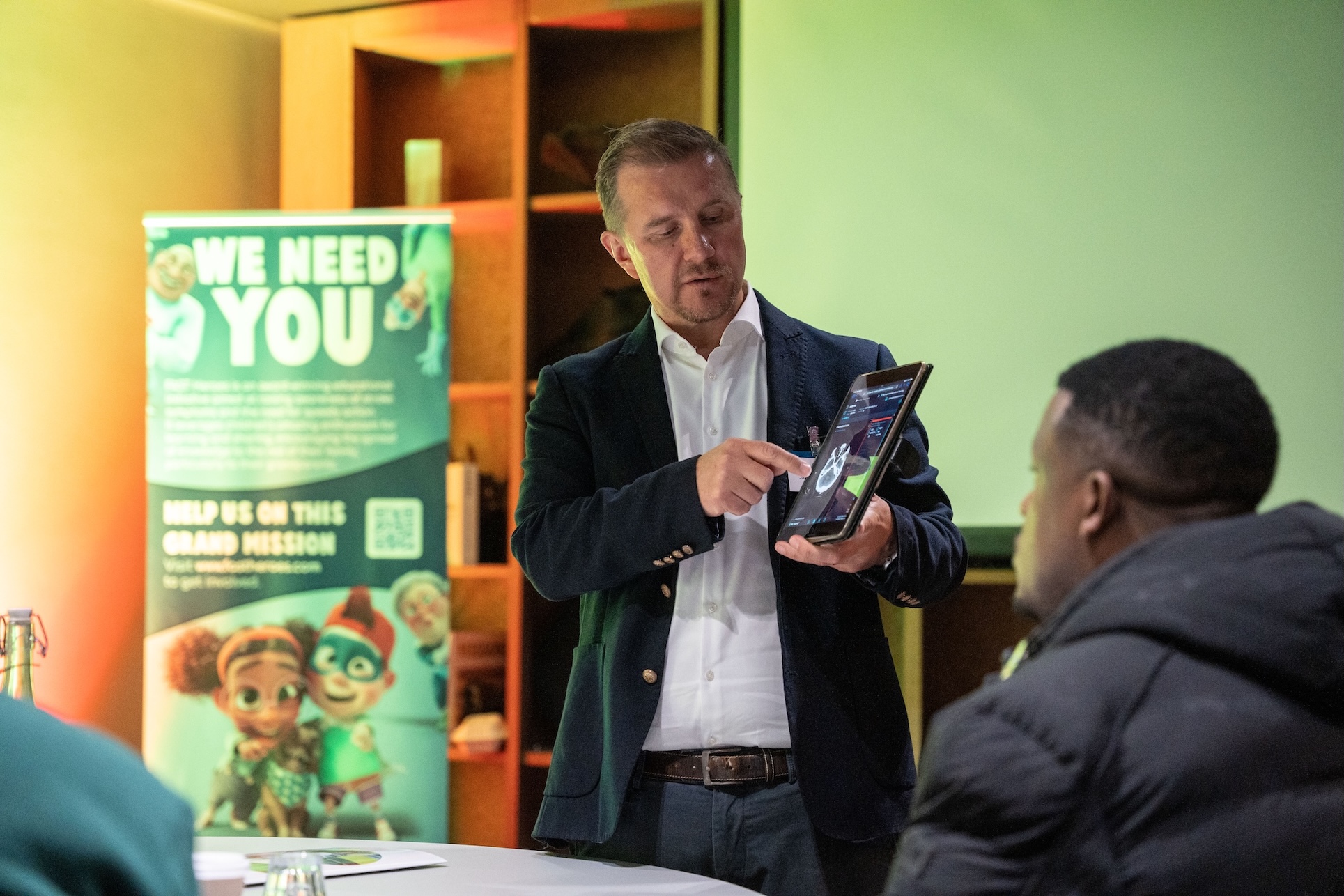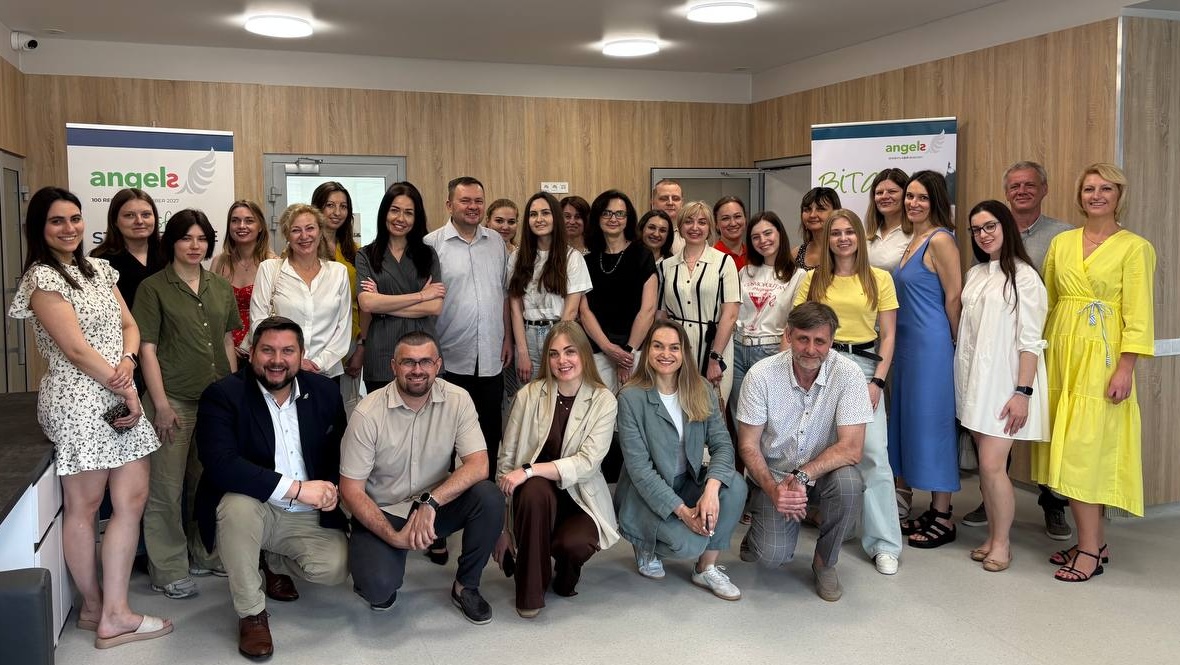
1912년 4월 15일의 초창기에는 뉴욕에서 유럽으로 가는 여객선 RMS Carpathia가 58해리에서 고충 전화를 받았습니다. 영국 여객선이 빙산에 부딪혀 가라앉기 시작했습니다. Carpathia는 4시간 후 현장에 도착하여 706마리의 냉동, 부상 및 외상을 입은 생존자를 운반하는 구명정만을 발견했습니다.
구급대원을 담당한 사람은 26세의Árpád Lengyel로, 18세부터 자신의 모국 헝가리에서Budapest Volunteer Ambulance Association(BÖME)에 자원봉사를 했으며 응급 구조대원으로서 경험을 가진 유일한 의사였습니다.
Árpád Lengyel은 타이타닉의 생존자들을 구한 헝가리 의사로, 부다페스트 자원봉사 구급차 협회는 헝가리 국립 구급차 서비스인 OMSZ의 전임자인 첫 번째 헝가리 주관 구급차 시스템으로 존경을 받게 될 것입니다.
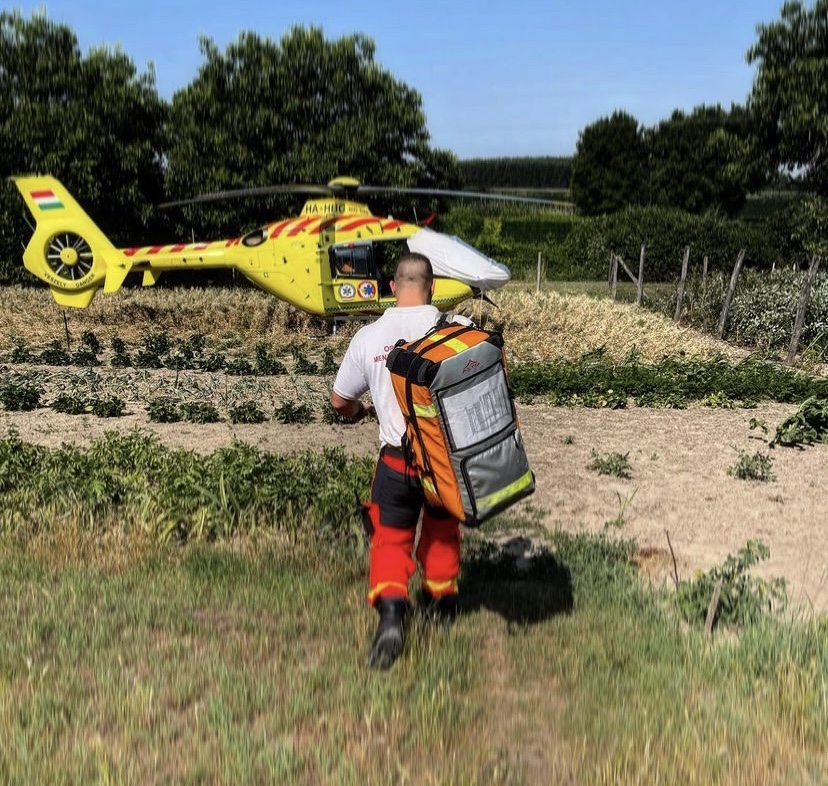
놀라운 아드레날린 폭탄
오늘날 구조 작업은 1904년 18세의 Árpád Lengyel이 부다페스트 자원봉사 앰뷸런스 협회에 합류한 때와는 매우 멀습니다. 이는 또한 2000년대 초 OMSZ에서 2년차 의대생이 응급 간호사로 자원 봉사를 시작했을 때와 현저히 다릅니다. 거슬러 올라가면 훨씬 더 기초적인 시스템이 마련되었습니다. Gábor Csató 박사는 2023년 6월에 웹사이트 civilek.hu 에 대해 말했습니다. 앰뷸런스는 정확한 좌표나 세부 정보를 알지 못하는 상태로 라디오를 통해 발송되었습니다. "대부분은 어떤 일이 우리를 기다리고 있는지 추측할 수 있었습니다."라고 그는 말했습니다. “우리가 도착했을 때, 모든 사람들이 우리를 희망의 구현으로 보았습니다. 이는 압도적인 책임이지만, 기분이 좋고 놀라운 아드레날린 폭탄이기도 했습니다.”
카운티 간호사인 증조할아버지가 이야기한 이야기는 의약품에 대한 관심을 높였습니다. 디브레켄 의과대학교에서 공부하는 동안 그는 밤과 주말을 구급 업무에 계속 할애했으며, 30대 중반까지 OMSZ로 향할 것이라는 사실을 거의 알지 못했습니다.
OMSZ는 7개의 지역 조직을 보유한 중앙 앰뷸런스 서비스입니다. Gábor Csató 박사는 2017년부터 이사직을 맡아 헝가리에서 가장 큰 의료 고용주를 관리할 책임이 있으며, 8,500명의 직원과 256개의 앰뷸런스 스테이션을 보유하고 있습니다. 800에 가까운 앰뷸런스는 120만 건의 비상사태에 대응하여 연간 4천만 킬로미터에 달하며, 목표는 15분 이내에 비상사태에 도달하는 것입니다.
그의 혁신적인 리더십과 기술을 사용하여 획기적인 결과를 이끌어내는 것은 OMSZ의 최근 EMS Angels Awards 성공의 주요 요인으로 인정받고 있습니다. 이 서비스는 2023년 1분기 동안 유럽 전역에서 수여된 다이아몬드상 15개 중 7개를 차지했으며, 7개 지역 각각이 병원 전단계 뇌졸중 치료의 최고 표준을 충족했습니다. 뇌졸중
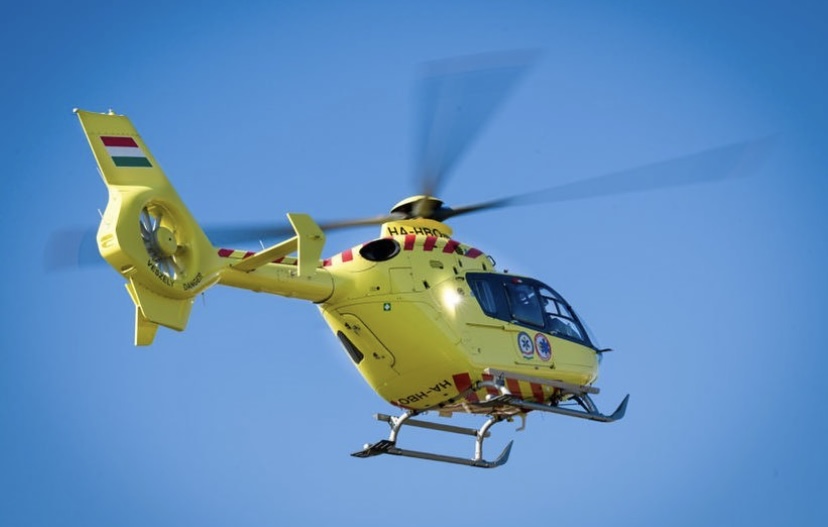
지속적인 성과 감사
헝가리 Zsolt Lakatos의 Angels스 컨설턴트는 7개 지역 중 1개만이 다이아몬드 등급을 획득했고 나머지는 골드 등급을 획득해야 했던 전년도보다 2023년 결과가 훨씬 더 나은 이유를 생각했습니다. 그의 분석은 교육, 피드백 및 데이터 리드 변화와 함께 중앙 감독 및 지역 참여의 매우 효과적인 조합을 가리킵니다.
개선 프로젝트는 Csató 박사가 품질 모니터링 문화 내에서 내부 데이터 수집을 우선시하고 이를 지원하는 기술을 도입한 HQ에서 추진됩니다. 새로운 솔루션과 품질 개선에 대한 그의 열정은 디지털 데이터 수집을 지원하는 지속적인 성능 감사 프로세스를 담당하는 의학 책임자 DrGyörgy Pápai가 공유합니다.
“혁신은 조직의 DNA에 내재되어 있습니다”라고 Csató 박사는 기술 잡지 The Medical Futurist에게 2020년 인터뷰에서 말했습니다. “현재 스마트 의료 솔루션에서 엄청난 수준의 혁신이 경험되고 있습니다.”
OMSZ의 운영은 스마트 알고리즘을 사용하여 예를 들어 특정 위치에서 사고의 통계적 가능성을 예측하거나 용량 계획을 지원하는 데 사용할 수 있는 방대한 양의 데이터를 생성합니다.
학생의 날의 라디오 기술과 달리, Csató 박사의 리더십에 따라 모든 OMSZ 앰뷸런스에는 태블릿이 장착되어 있으며, 모든 사례는 중앙에서 표준화된 형태로 기록됩니다. EMS 보상 기준에 대한 성과 측정은 뇌졸중 환자와 특정한 관련성이 있는 수정으로 이어졌으며, "환자 약물" 및 "정상으로 마지막으로 보임"이 필수 필드로 추가되었습니다.
현장 현장 지연은 지역 이사와 역장에게 제공된 피드백을 통해 일상적으로 분석되며, 성과 실패는 중앙 유닛에 의해 필터링되어 교육이 포함된 분석, 피드백, 논의 및 시정 조치를 촉발합니다.
필수 EMS 교육 프로그램의 일부를 구성하는 e-러닝이 뇌졸중을 포함하도록 업데이트되었으며, 지역 관리자는 Angels의 지원을 받아 파견, 간호사 및 응급구조사에게 뇌졸중 관련 교육을 제공합니다. 병원과 EMS가 모두 참석하는 Angels가 진행하는 월별 품질 회의는 뇌졸중뿐만 아니라 모든 응급 상황에서 궁극적으로 배당금을 지급하는 커뮤니케이션 개선으로 또 다른 중요한 피드백 채널을 만들었습니다 뇌졸중.
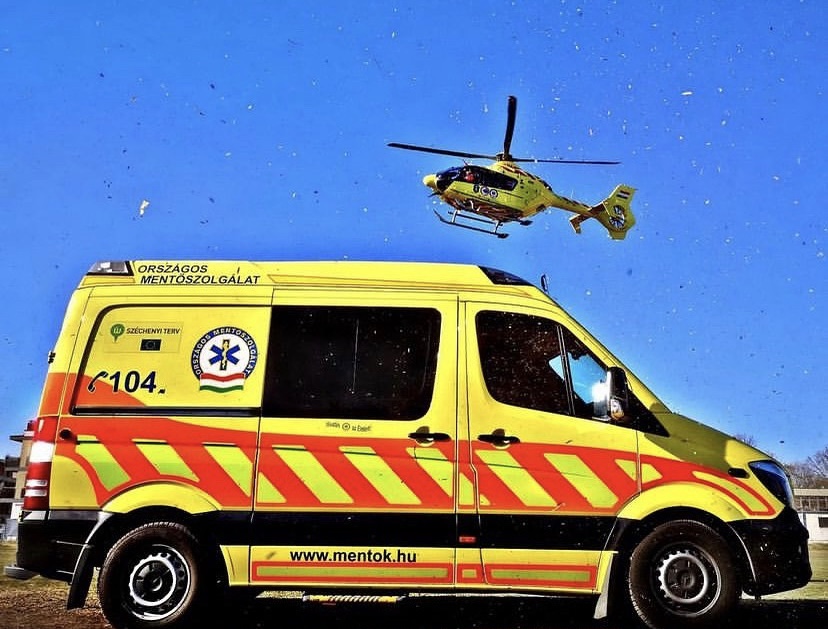
영감을 주는 이야기
EMS Angels Awards가 시스템 및 현지 결함을 식별하는 데 도움이 되었다는 것은 30년 동안 OMSZ의 앰뷸런스 책임자인 Ferenc Toldi의 견해이기도 합니다. 심지어 우호적인 경쟁 정신을 불러일으켰을 수도 있습니다.
Ferenc는 "지난 해의 상 또는 일부의 경우 상이 부족하여 지역이 조치를 취하고 Angels 품질 모니터링 프로그램 중에 드러난 문제를 시정할 수 있었습니다. 한 지역, 즉 남부 대범평원 지역은 작년에 다이아몬드상을 수상했고 다른 지역은 그들의 이야기에서 영감을 얻었기 때문에 하나의 예가 된 것으로 입증되었습니다.”
데이터 수집은 궁극적으로 골드를 다이아몬드로 바꾸었다고 Ferenc는 말합니다. “전체 시스템에서 지속적인 데이터 수집과 모든 성과 지표에 대한 면밀한 모니터링이 핵심이었습니다. 또한 지역 이사와 코디네이터를 해당 지역의 챔피언으로 참여시키는 것은 우리와 Angels의 성과 지표를 기반으로 문제를 해결하기 위해 결정되었기 때문에 매우 중요했습니다.
“데이터가 많을수록, 그리고 이 데이터를 보다 철저하고 정확하게 분석할수록 피드백의 가치는 더 커집니다. 시스템에서 격차를 찾을 수 있으며, 다음 프로토콜 세트를 생성할 때 이러한 결과를 적용합니다.
“다른 삶의 분야에서와 마찬가지로, 데이터의 분석 및 합성은 괄목할 만한 개선으로 이어집니다.”

